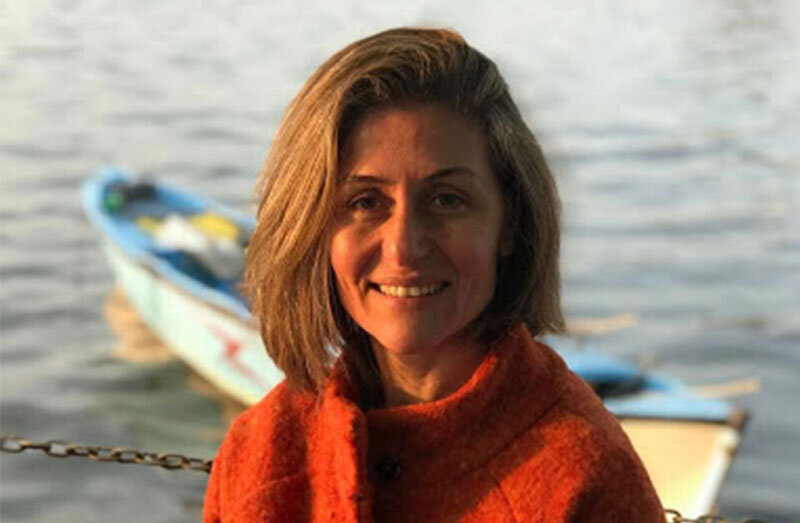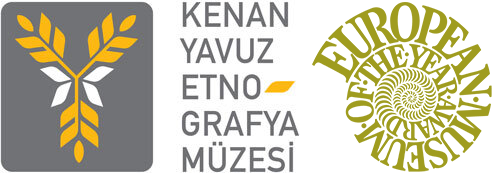Dr. Feride Çelik “A New Museum in Bayburt: Kenan Yavuz Ethnography Museum “
- 10 August 2020
- Posted by: Muze Yonetimi
- Categories: Basında Biz, Duyurular

A new museum has opened in the distance! Learn what you need to know about Kenan Yavuz Ethnography Museum, located in Demirözü valley, 40 kilometers from Bayburt.
Kenan Yavuz Ethnography Museum is located in the Demirözü valley, 40 kilometers from Bayburt, in the immediate vicinity of Demirözü Dam Lake. The museum is located in the village of Beşpınar, formerly known as ‘Loru’. As can be seen from the name of the founder of the museum in a period of major companies in Turkey served as CEO Kenan Yavuz is a businessman. The museum, which is a gift to the land where he was born and grew up, undertakes the task of preserving the old life and making it visible in the new life. The museum, which was built in an area of 8000 square meters, all the buildings in the relationship of time and space were built in integration with the texture and architectural structure of the region. The stones and wood used were collected from destroyed houses and mountains in the surrounding villages.
What is Ethnography?
Ethnography is a science that depicts the material and spiritual cultures that emerge as a result of the efforts of human communities to meet their social needs at various times and places. Ethnography, centered on the concept of culture, is the oldest tradition of qualitative research, where the researcher enters the daily life mostly through participatory observation, focusing on the individual and the group through in-depth interviews and wide-ranging observation. Ethnography, a term derived from the combination of the Greek words ethnos (society) and grapho (to write), is a methodology originating in cultural anthropology, but is also adopted by other branches of social sciences today.
Ethnography Museums undertake the task of preserving and preserving the objects within the ethnography field. Thus, viewers who visit museums have the opportunity to see, learn and sometimes experience objects belonging to material and spiritual culture belonging to people who lived in various times and regions.
What Is Inside The Kenan Yavuz Ethnography Museum?
Inside the museum, village house, water mill, linseed oil mill, amphitheater and open air cinema, village square, Dede Korkut Turkish identity library, masjid, tandoori, permanent china exhibition area, indoor exhibition halls, open exhibition areas, swing, Bayburt pigeon bird It consists of house, soup kitchen, shanty house and mansion.
Tandoori is indispensable for natural life, it is the hottest part of Anatolian houses, giving insatiable taste to brewed teas, hot breads and fried buns.
The amphitheater and open-air cinema, which are based on the lack of theater and cinema, which are claimed as the reason for the children and young people of the village to migrate to the metropolis, offer different screenings. The healthiest and most natural bread is made with the flour ground in the Water Mill.
Linseed oil, also known as zeyrek and flax oil, continues to be used in the health sector in the past and today. Continuing to be produced by industrial methods, oil was produced by the mill method in the past. Linseed oil stone from hundreds of years ago was simulated and adapted to a linseed oil mill.
Dede Korkut Turkish Identity Library of Bayburt literature and mysticism of the poet and the idea of the classics of Turkish identity with the books of the authors, research, novels and children’s tales bulunmaktadır.türkiye in 1950, millions since the year people’s beds starting from Bayburt region, quilt grabbed Istanbul and they migrated to other big cities and started living in houses called slums. The shanty house in the museum, next to the village house, represents the way back, the transition from the big family to the broken family.
The Çinimçin exhibition, which combines the first written tombstones of the Turks in Central Asia with “balbal” and Anatolian Seljuk tile motifs, is displayed in the permanent exhibition area of the museum.
Establishment Purpose and Mission of the Museum
Kenan Yavuz Ethnography Museum adopts it as a mission to create an awareness against the architectural damage caused by the transformation that started with the phenomenon of modernization and migration, to keep the beauties of new generations alive and to stand out. Traditional local culture, which is about to be forgotten, children games, fairy tales, promotion of endemic plants, mouth bar tradition, wedding and henna traditions, activities are tried to be kept alive. The activities carried out within the pandemic restrictions in the 2020 summer period include the scythe mowing festival, the tandoori festival, the threshing festival, the bon spinning festival, the bulgur making festival. The same activities will continue to be expanded in the coming years.
The lived stories are displayed through real people and their belongings. In the face of the interest in the museum, it is observed that with the donation of old goods, the sensitivity and curiosity of the local people to their own culture increases.
As an example for other villages of Anatolia’s Kenan Yavuz Museum of Ethnography and wish to be visited by everyone who cares about arts and culture in Turkey ….

